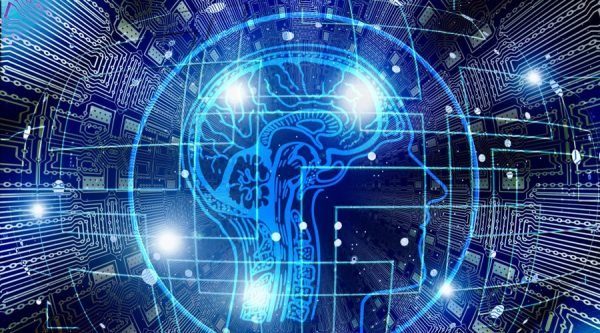The world of technology, which often breaks down barriers, can significantly promote more integration of people with disabilities into social and work contexts. In particular, artificial intelligence solutions may allow the removal of accessibility barriers. Let’s see briefly how.
For those who develop technology, it is essential not only to think about usability but increasingly about accessibility. Especially those who deal with AI have the opportunity to create systems and solutions that can really break down barriers for people with disabilities of various kinds.
This opens up an important debate that must involve both the world of technology and all those involved in ethical issues. To date, there are several bodies globally and locally that have defined the principles of AI systems.
In particular, the OECD has defined key principles for regulating the impact of AI solutions.
1. “AI should benefit people and the planet by driving inclusive growth, sustainable development and well-being.”
2. “AI systems should be designed in a way that respects the rule of law, human rights, democratic values and diversity, and they should include appropriate safeguards — for example, enabling human intervention where necessary — to ensure a fair and just society.”
Starting from these principles, you must activate all considerations related to inclusiveness, prejudice, privacy, error, data simulation and social context that normally apply to all users, but that requires additional attention if we talk about people with disabilities.
The application areas and impacts of AI even for a few can have positive repercussions for many. Starting from Willeasy, an Italian app that is developing and will allow you to aggregate data related to the accessibility of places or events in your country and based on machine learning systems on the collected data can suggest to people with specific disabilities where they can find structures that can best accommodate them. This app could also be useful for people with temporary disabilities.
Globally, there are several projects that highlight the benefits of AI. Most students with visual disabilities in different countries in Africa, Latin America and parts of Asia and the Middle East rely on people accompanying them to take exams and complete homework. However, there can be many situations where this flanking is not effective and can create frustration. In addition, with the health emergency, this situation has worsened further by not allowing physical interactions.
inABLE, a nonprofit organization in Kenya that supports people with visiting disabilities through assistive technologies, has joined forces with I-STEM, a nonprofit company in India that develops technical solutions to revolutionize the way students with visual disabilities take exams. An AI technology-based solution has been developed that acts as a virtual assistant and uses some technologies available on the market to analyze university test documents and beyond. I-STEM and inABLE received Microsoft’s AI for Accessibility grant for this.
The solution structures and processes the texts, including mathematical formulas, to help students navigate naturally with audio and voice in the exams. It also performs voice commands to understand the context and check the status of the exam by asking questions such as, “Return to the question I skipped” and, “How many questions did I answer?”
PeopleFluent helps HR functions manage and engage employees through several inclusive features covering a variety of typical HR activities, including recruiting, training, performance management and planning. You can set diversity goals and track your progress. Somehow similarly, the Blendoor app is designed to help eradicate unconscious bias in the recruitment process (e.g., hiding candidates’ names and photos to sidestep biases hirers don’t know themselves that they have). All the matching is done also using AI algorithms.
Acting on a different area, Exude promotes diversity and inclusion by providing an assessment tool to monitor D&I culture in any company. This tool allows you to evaluate different D&I scenarios mapped on your specific diversity and inclusion goals. This customized assessment provides an effective picture of your workplace, also comparing it with best practices and using AI to derive trends, find correlations and create AI-powered insights.
Textio’s talent software, in the early phases of selection and hiring, uses AI to analyze text in job postings to predict the performance of a specific job posting. Based on the job posting wording, AI algorithms are used to forecast if the job search will be popular among specific job seekers, including diversity metrics. For instance, if the language is gender-biased, it will analyze the language in real time as you type, and it may provide recommendations on how to improve the text in terms of inclusivity and diversity as well as for being more effective toward specific talents and careers.
These are just a few selected examples of the potential that technologies today offer to include everyone in social, work and economic processes.
Technologies from the earliest stages of development and design must take into account the needs of everyone, regardless of race, age, gender, religion and social affiliation. People with disabilities must also be able to benefit most from AI solutions.
The future of IA will still be decided by man, and only by working together will it be possible to develop technologies that benefit humanity, including everyone.
Source: forbes.com









